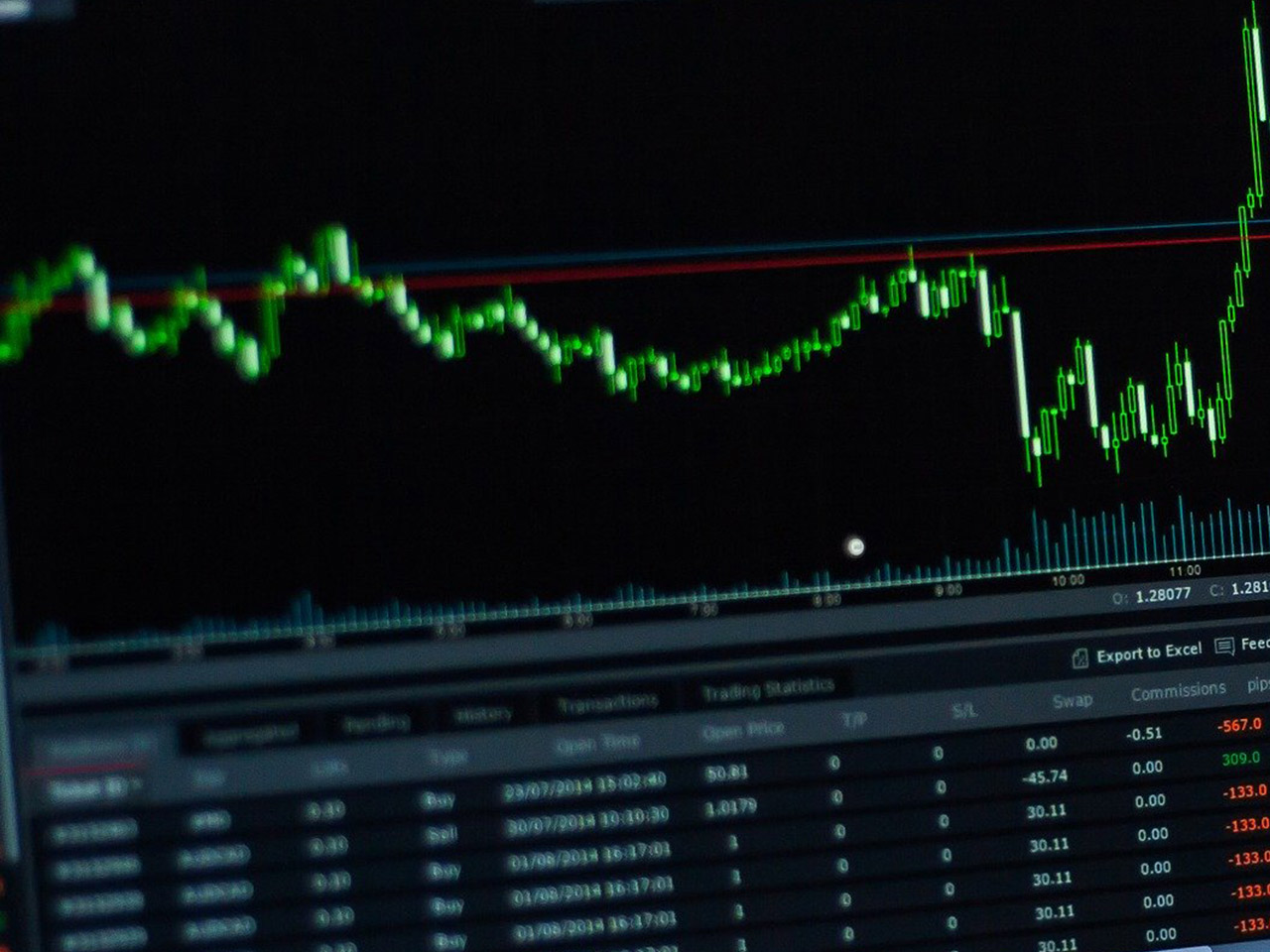Asana, Inc. (NYSE: ASAN), a prominent player in the technology sector, offers a sophisticated work management software platform designed to streamline operations for organizations worldwide. From daily tasks to strategic initiatives, Asana’s platform provides real-time insights, helping companies achieve their goals more effectively. However, while its utility is undisputed, the company’s financial metrics present a mixed bag for potential investors.
Currently trading at $13.15, Asana’s stock hovers near the lower end of its 52-week range of $12.64 to $27.52. The stock’s performance has stagnated recently, indicated by a negligible price change of $0.01, reflecting broader market ambivalence toward tech stocks amid economic uncertainties.
Despite the challenges, Asana’s revenue growth of 9.90% is noteworthy in a competitive industry. However, the company faces profitability hurdles, underscored by a negative EPS of -0.90 and a concerning return on equity of -80.55%. These figures highlight the ongoing struggles in converting growth into profitability, a common challenge for tech firms focused on scaling.
The valuation picture adds further complexity. With a forward P/E ratio of 39.15, Asana is not cheap, and traditional valuation metrics such as P/E, PEG, and Price/Book are not applicable, making it harder for investors to gauge its intrinsic value. The company’s free cash flow of approximately $138 million suggests some operational strength, providing a silver lining amidst the financial challenges.
Analyst sentiment on Asana is mixed. Out of the 15 ratings, there are 4 buy, 8 hold, and 3 sell recommendations. The average target price of $16.22 represents a potential upside of 23.37%, which may entice investors willing to bet on Asana’s long-term growth prospects. However, the target price range of $10.00 to $22.00 reflects a broad spectrum of expectations, indicating uncertainty about the company’s near-term trajectory.
Technical indicators provide additional insights. Asana’s current price is below both its 50-day and 200-day moving averages, which are $14.04 and $15.72, respectively, suggesting a bearish trend. The RSI (14) of 68.50 indicates the stock is approaching overbought territory, which may signal a potential pullback. Meanwhile, the MACD and signal line data suggest a cautious outlook, with the MACD slightly below the signal line at -0.15 and -0.01, respectively.
Asana’s hybrid go-to-market strategy, blending product-led growth with direct sales and channel partnerships, has enabled it to penetrate diverse industries, from healthcare to financial services. This diversified customer base could be a key growth driver, allowing Asana to weather sector-specific downturns.
For investors, Asana represents a classic tech stock dilemma: promising growth potential tempered by profitability and valuation concerns. Those with a higher risk tolerance may find the potential upside appealing, especially if Asana can leverage its platform’s capabilities to improve its financial metrics. As always, potential investors should weigh these factors carefully against their investment goals and risk appetite before deciding.





































